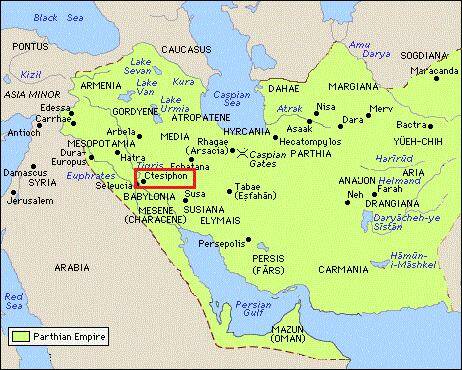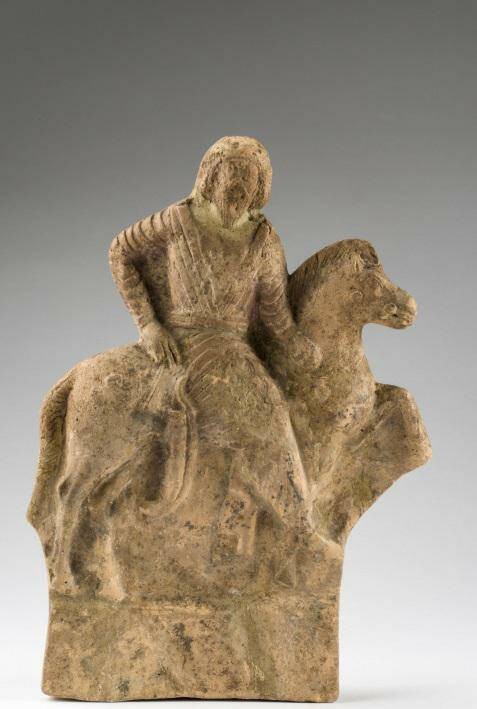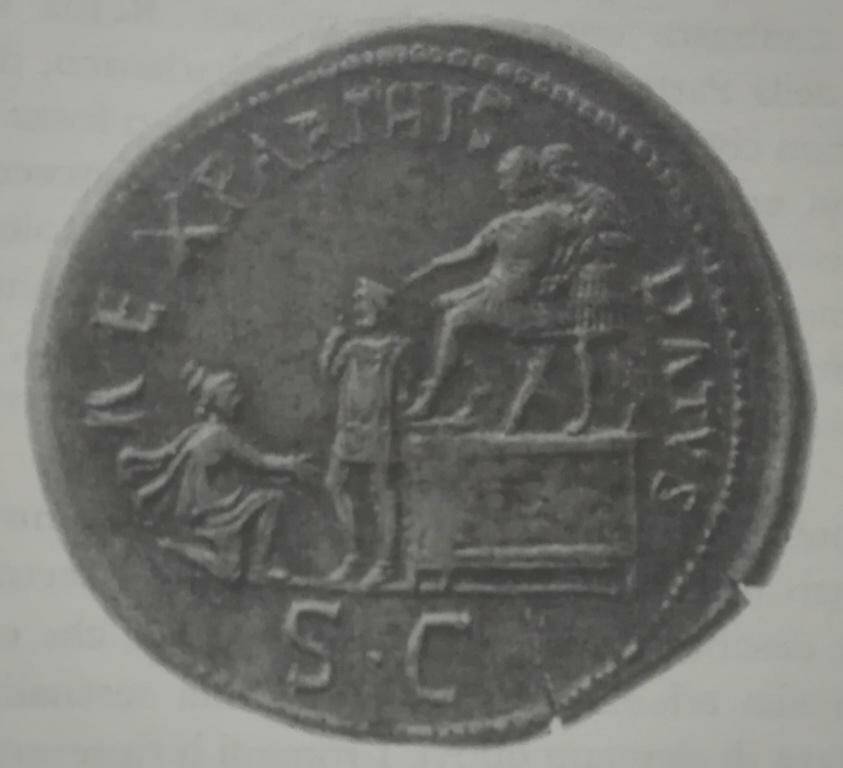“Una lezione per tutti!”: l’origine della rivalità tra le potenze dell’Occidente e quelle dell’Oriente (prima parte)
Più informazioni su

“Una lezione per tutti!” propone oggi la prima parte di un breve elaborato di storia per le classi seconde, a cura del prof. Fabrizio Biglia dell’ITIS “A. Artom”, sede di Canelli, scritto nell’ambito di un progetto CLIL che si è potuto realizzare per via dell’emergenza che ha sospeso le lezioni.
Proponiamo dunque nell’ambito della nostra rubrica l’approfondimento che tratta l’origine della rivalità tra le potenze dell’Occidente e quelle dell’Oriente, un tema più che mai valido al giorno d’oggi ma che affonda le radici in tempi assai antichi.
The origin of rivalry between East and West (part 1)
Nowadays, we are quite accustomed to thinking about the world split into “West” and “East” not only geographically, but mostly politically: the West being represented by the United States and their European allies, while the East by Russia or, rather, China.
Actually, the rivalry between West and East has ancient roots.
In the first centuries of the Common Era (CE), two main powers stood facing each other in Eurasia: the Roman Empire in the West and the Parthian Empire in the East.
Since we already know the Romans, in these two brief articles I will focus on their eastern counterparts.
Thanks to their powerful cavalry, from the 3rd century BC (before Christ) on, spreading from Parthia (modern-day Turkmenistan, central Asia), their native land, the Parthians were able to conquer a vast empire including many regions: among them, modern Iran, Iraq, Syria, and Armenia. The founder of the Parthian Empire was Arsaces I: for this reason, his dynasty was named Arsacid after him. The Arsacids had come in touch with Hellenistic culture so the Parthian court used to speak Greek and attend theatres, where Greek plays were performed.
From 53 BC on, when they defeated Crassus at Carrhae (in modern Syria), they kept struggling with the Romans for leadership in Middle East. The Parthian capital, Ctesiphon (32 km from modern Baghdad, Iraq), was then invaded and laid waste several times by Roman emperors Trajan and Septimius Severus in the 2nd century CE.

Thanks to its geographical position along the Silk Road, right in the middle of it, between the Roman Empire and the Chinese Empire, the Parthian Empire was also rich.
So, both the Roman and the Parthian Empires were vast, wealthy, strong, and ambitious, not to mention the fact that they were neighbouring: no wonder they were destined for war…
By the way, the Parthian Empire was divided into different kingdoms, whose rulers always tended to become independent from the Parthian emperor and often caused instability. Ultimately, one of them, Ardashir I, at the beginning of the 3rd century CE, from his kingdom, Parsa, in southern Iran, began a campaign against the last Arsacid emperor, Artabanus IV, and in the end was able to defeat him.
The Parthian Empire was then replaced by a new one: the Persian Empire, ruled by the Sassanian dynasty.

Picture 2 Parthian horseman (from the Pergamonmuseum, Berlin)

Picture 3 Roman coin showing Roman emperor Trajan victorious on his throne (on the right) with the defeated Parthian king kneeling at his feet (on the left). From I persiani.
Image sources
https://www.cais-soas.com/CAIS/History/ashkanian/parthian.htm
http://warfare.ga/Ancient/Parthian_statuette_of_rider-Museum_of_Islamic_Art-Berlin-I_3684.htm
Brosius, Maria, I persiani, ECIG, Genova, 2009
Prof. Fabrizio Biglia









